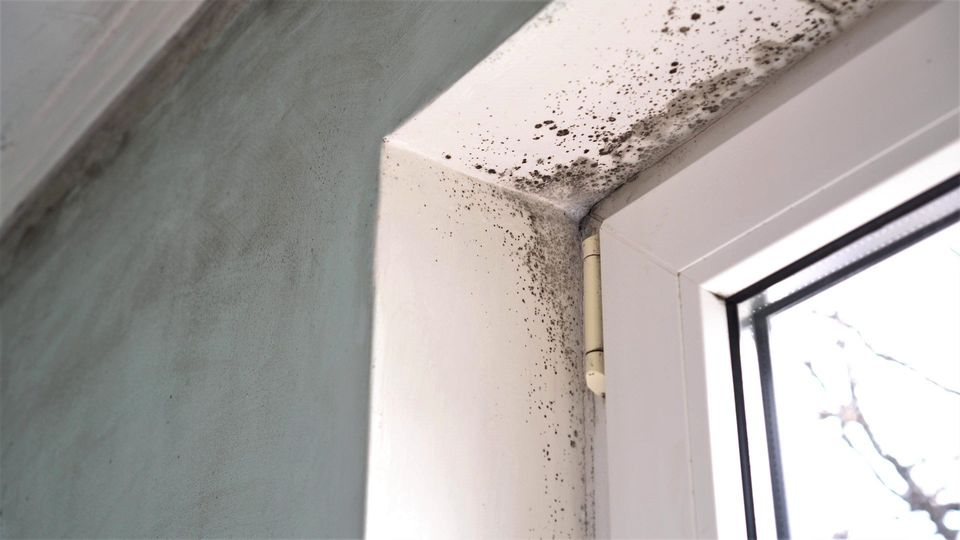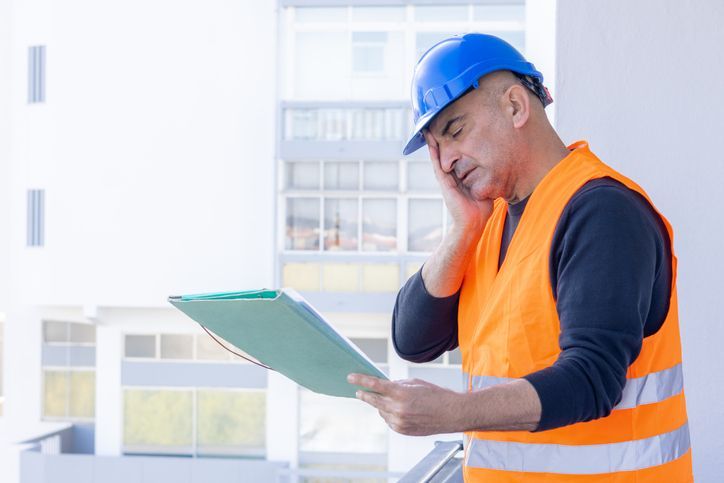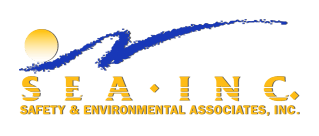MOLD: A GROWING PROBLEM

Love isn’t the only thing that grows as Valentine’s Day approaches. Enclosed spaces and damp environments contribute to mold growth. February’s fickle weather often means excess moisture in your home. You bring some of it in on your damp shoes and clothing; when you hang these items up to dry, dampness evaporates from them, but it doesn’t disappear. Your heated house allows moisture to condense on windows and within exterior walls, and where there’s moisture, there’s mold.
Mold spores are an inevitable part of your home’s environment. When these spores find a hospitable environment such as a warm, damp wall below a window that supplies a steady supply of moisture, they bloom into mold colonies. Thriving mold colonies produce more spores, allowing the mold to colonize new parts of your home such as basements, bathrooms and even your ventilation system. No amount of dusting or sweeping can stop mold spores from proliferating in your home, but professional mold remediation services from SEA Inc. will clear the air and give you a healthy home again. A few Valentine’s Day chocolates won’t hurt you, but too many is bad for your health. Mold is considerably less appetizing than chocolates from a plush red heart, but the same philosophy applies. Ubiquitous mold spores will still drift into your home, but mold remediation services keep them from finding your house as comfortable as you do. The few incidental mold spores that find their way in after professional removal of mold colonies won’t trigger allergic reactions and sick-building syndrome the way that active mold colonies can.
You can clean, vacuum and reduce moisture with desiccants, but mold goes where your mops and brooms can’t. An expert mold remediation service makes a real difference in the battle against mold. SEA Inc. calls in a team of board-certified professionals to inspect your home’s ventilation system, air flow patterns and interstitial spaces between walls to assess your mold risk. Dust samples and air-quality profiles pinpoint your mold problem so SEA’s team of professionals can rid your home of this health hazard.
Not only will SEA Inc. handle the removal of mold, the company’s experts will also help you learn how to get rid of mold before it grows out of control. Mold remediation is an ongoing event, not a one-time occurrence, so SEA’s team members are available for regular reassessment as well as initial mold removal. Restore harmony to your home and make life sweet for your valentine with a clean, fresh-smelling house.

f you think PFAS regulation is someone else’s problem, think again. The regulatory environment around per- and polyfluoroalkyl substances is shifting rapidly, and safety, environmental, and operations teams are squarely in the crosshairs. Rather than scrambling when the deadlines arrive, your best strategy is to act early.

Halloween might be the season for ghost stories and haunted houses, but for safety and environmental professionals, the real nightmares happen at work. From unseen hazards to data disasters, these frights are all too real. At SEA, we help EHS managers conquer their fears — and their risks — with smart, proactive solutions that turn horror stories into success stories.

Every year, OSHA releases its list of the most frequently cited workplace safety standards. While the names change little from year to year, the numbers tell a story: employers continue to struggle with the same hazards—falls, hazardous chemicals, and machine safety. Understanding these violations is the first step in preventing costly citations and protecting workers.
